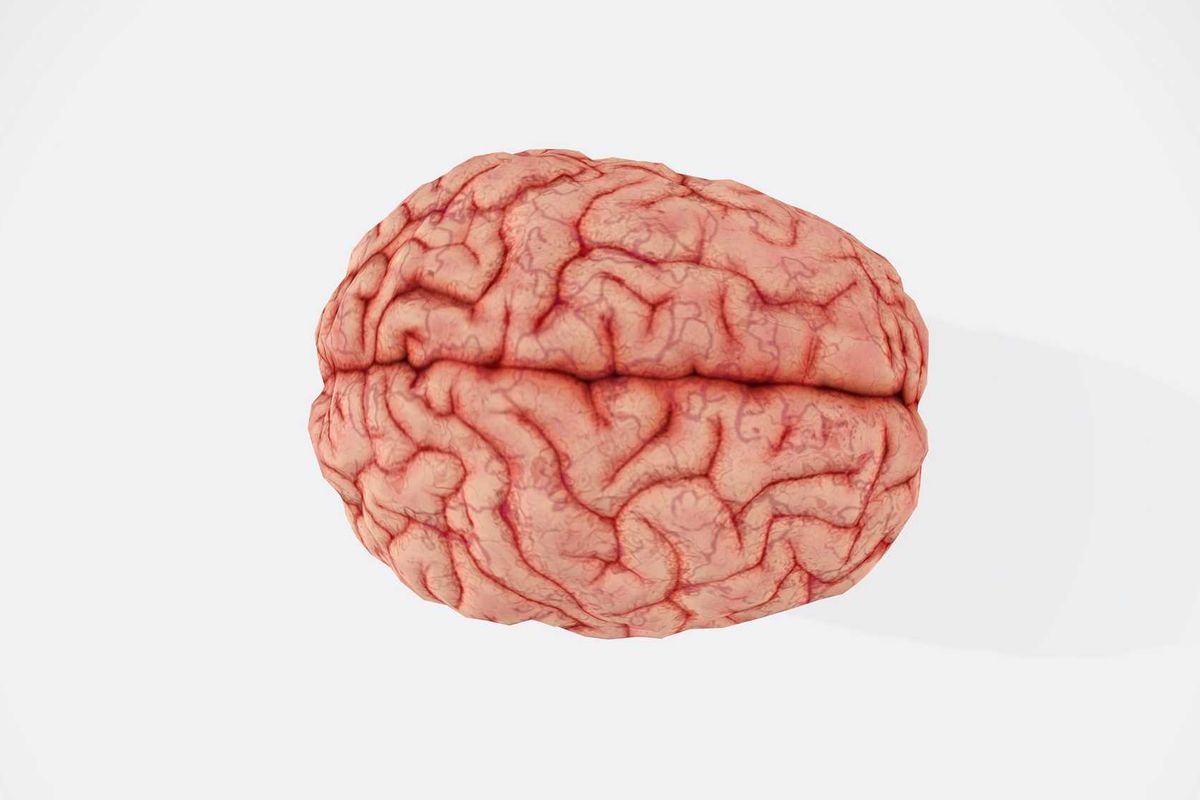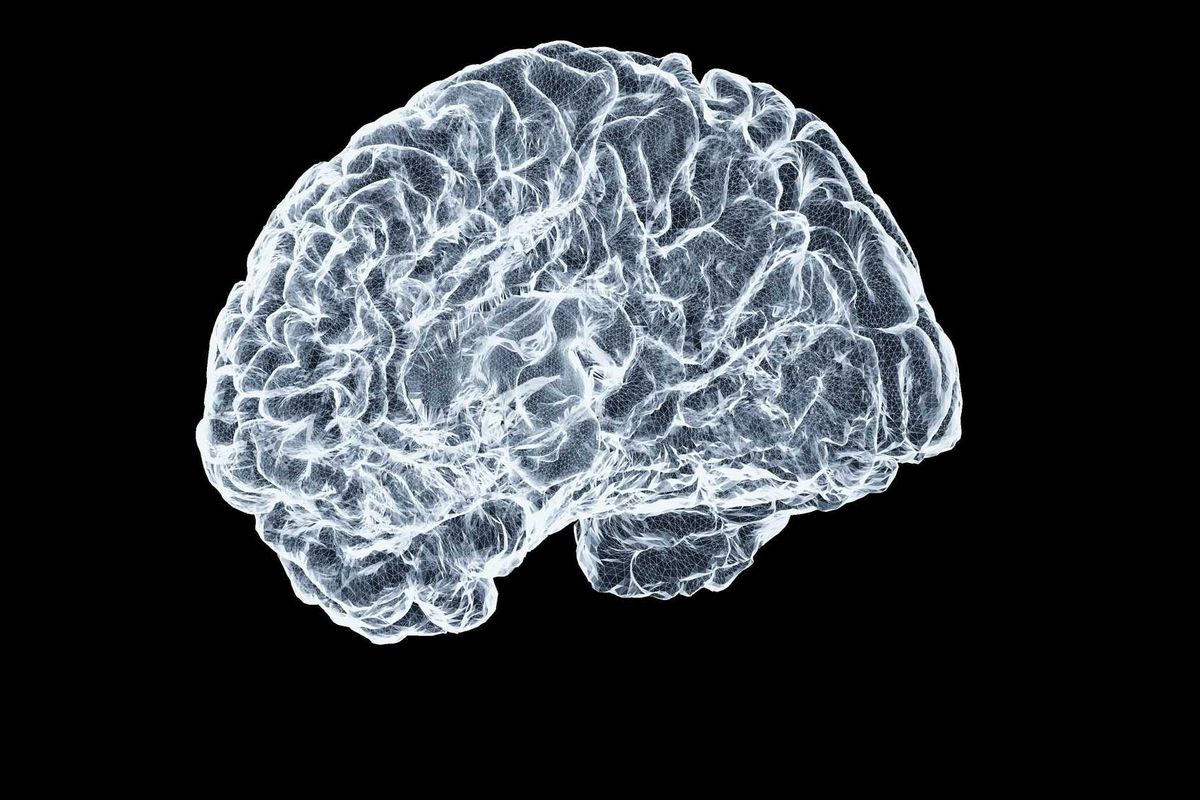University of Houston ranks among top schools for issued patents
best in class
A new ranking shows the University of Houston is flexing its brains and its brawn as one of the most prolific producers of patents in the academic world.
The new ranking, published by the National Academy of Inventors and the Intellectual Property Owners Association, puts UH at No. 88 among the world's top 100 universities for patent activity in 2018.
"As the UH research portfolio grows and the medical school starts up, we would continue to anticipate a strong IP portfolio going forward for UH," says Tom Campbell, executive director of the Office of Technology Transfer and Innovation at UH.
UH tied with the Texas A&M University on this year's list; each recorded 28 patents in 2018. A year earlier, UH received 39 patents. The University of Texas was the only other Texas school on the new list. With 187 patents issued in 2018, it landed at No. 5.
Houston's Rice University showed up at No. 79 on the 2018 list but dropped out of this year's top 100.
Amr Elnashai, UH's vice president and vice chancellor for research and technology transfer since 2017, says his school's appearance in the ranking reflects an emphasis on converting faculty inventions into meaningful innovations. During the 2018 budget year, UH collected $43 million in patent royalties.
Among the patents UH received last year were those for a mutant herpes simplex virus connected to cancer therapy and a rechargeable alkaline battery.
"UH researchers are driven by making a positive impact on the quality of life," Elnashai says in a release. "From new remedies for persistent medical conditions to sustainable energy technologies, researchers from the University of Houston are addressing many of the world's most pressing challenges. The UH ranking, tied with our larger neighbor Texas A&M, is a testament to our emphasis on and excellence in technology transfer and innovation."
To ramp up UH's impact, the university last year rebranded its research park as the UH Technology Bridge. With 30,000 square feet of incubator space and over 700,000 square feet of space for labs, pilot-scale facilities, and light manufacturing, the Technology Bridge houses 21 startups and two established companies.
"From clean energy solutions and medicines to uses of artificial intelligence, data science tools and other emerging technologies, the University of Houston is focusing on bridging the gap between technological discoveries by our faculty and actual products that change peoples' lives," Elnashai said in 2018.
The list from the National Academy of Inventors and the Intellectual Property Owners Association started in 2013. UH first cracked the top 100 in 2016 (for patents issued in 2015). That year, it ranked 88th. UH dropped to No. 91 on the 2017 list but rose to No. 67 on the 2018 list.
"The patents our universities produce represent important processes and collaborations which have the potential to make a significant impact on society on a local, regional, national, and global scale," says Paul Sanberg, president of the National Academy of Inventors.
The annual ranking relies on data from the U.S. Patent and Trademark Office regarding utility patents, which make up 90 percent of all patents issued.
According to Investopedia, a utility patent covers the creation of a new or improved — and useful — product, process, or machine. This type of patent prohibits other people or companies from making, using, or selling the invention without authorization.
"Patenting an invention is the first step towards making a lasting impact on the innovation ecosystem," says Jessica Landacre, deputy executive director of the Intellectual Property Owners Association.





